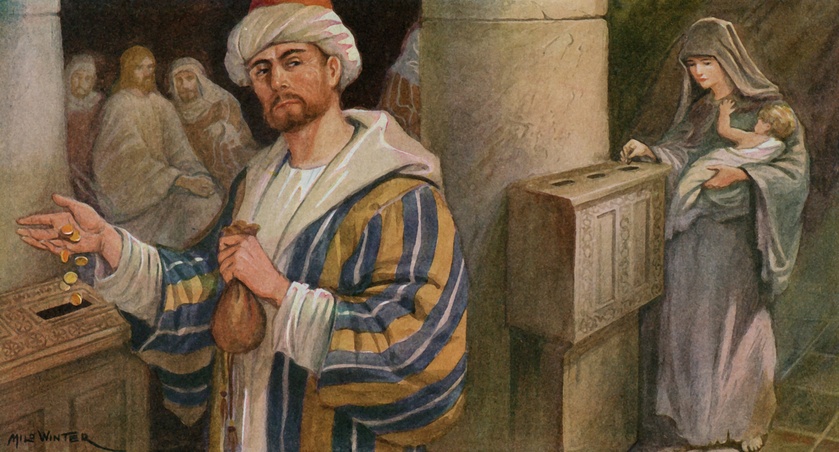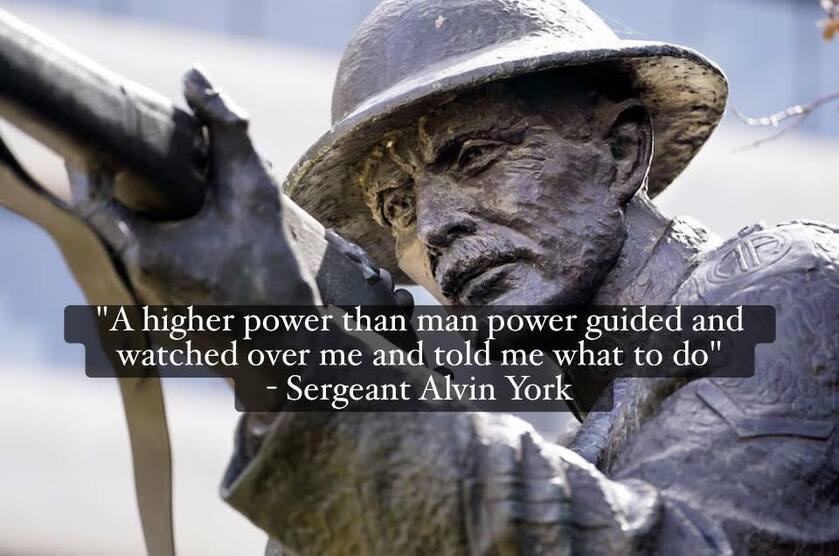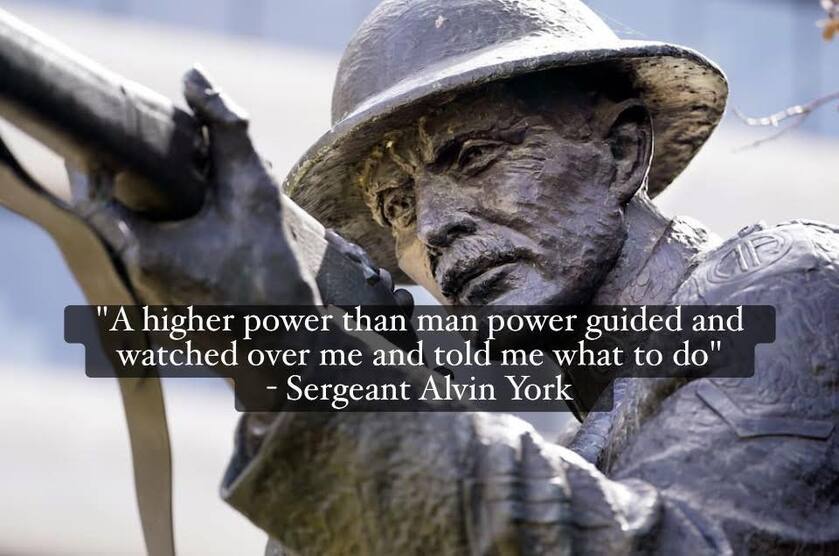From the Tomb to Idolatry: The Drift from Christ’s Victory to Relic Worship
John 19:38
After these things Joseph of Arimathea, who was a disciple of Jesus, but secretly for fear of the Jews, asked Pilate that he might take away the body of Jesus, and Pilate gave him permission. So, he came and took away his body.
Joseph of Arimathea’s fear of the Jewish authorities kept his faith hidden, yet in this critical moment, he boldly approaches Pilate to request Jesus’ body. Joined by Nicodemus, and they took Jesus' body to prepare him for burial. And they buried him in a borrowed grave.
Mary Magdalene’s very early morning visit to the tomb shifts the narrative from burial to resurrection. Mary’s devotion brings her to the tomb "while it was still dark."
John 20:1-2
Now on the first day of the week Mary Magdalene came to the tomb early, while it was still dark, and saw that the stone had been taken away from the tomb. So, she ran and went to Simon Peter and the other disciple, the one whom Jesus loved, and said to them, "They have taken the Lord out of the tomb, and we do not know where they have laid him."
The phrase "first day of the week" refers to Sunday in the Jewish calendar. This indicates that it was early Sunday morning, shortly after the Sabbath ended at sundown on Saturday. The timing is profound. Jesus’ resurrection on the first day marks a new beginning, often seen as the start of a "new creation".
2 Corinthians 5:17
"Therefore, if anyone is in Christ, he is a new creation. The old has passed away; behold, the new has come."
All these acts of service, though quiet and hidden in the dark of night or early morning, reflects hearts devoted to Jesus even in His apparent defeat. These disciples have experienced a great loss. And it's a very human response to cling to a physical connection with the lost loved one. Like these disciples, you can honor Jesus in your pain by clinging to Him through prayer, worship, or small acts of faithfulness. Unfortunately, it is in mankind's nature to cling too long to the physical forms, even to the point of idolatry.
Take a look at this...
John 20:11-14
But Mary stood weeping outside the tomb, and as she wept she stooped to look into the tomb. And she saw two angels in white, sitting where the body of Jesus had lain, one at the head and one at the feet. They said to her, "Woman, why are you weeping?" She said to them, "They have taken away my Lord, and I do not know where they have laid him." Having said this, she turned around and saw Jesus standing, but she did not know that it was Jesus.
She stoops to look into the tomb, longing for what was, and even when angels speak to her, she remains focused on the absence of His physical form. Her initial failure to recognize the living Jesus underscores how grief can blind us to His spiritual presence. And in time this can become a serious spiritual stumbling block. Holding onto physical representations of Jesus, whether relics, rituals, or even mental images, can become a stumbling block if they replace a living relationship with Him.
Mary’s presence at the tomb is a quiet, faithful act of love. There is nothing idolatrous about that devotion. And this is the crux of the matter. Genuine love is often mingled with a misplaced desire to find peace in a physical relationship with an idol. Mary's devotion isn’t idolatry in and of itself, but it illustrates how genuine love can become entangled with a desire for a tangible connection, which can edge us toward idolatry if we leave it unchecked.
Take a look at this as well...
John 20:3-10
So Peter went out with the other disciple, and they were going toward the tomb. Both of them were running together, but the other disciple outran Peter and reached the tomb first. And stooping to look in, he saw the linen cloths lying there, but he did not go in. Then Simon Peter came, following him, and went into the tomb. He saw the linen cloths lying there, and the face cloth, which had been on Jesus' head, not lying with the linen cloths but folded up in a place by itself. Then the other disciple, who had reached the tomb first, also went in, and he saw and believed; for as yet they did not understand the Scripture, that he must rise from the dead. Then the disciples went back to their homes.
Mary’s report of the empty tomb prompts Peter and the other disciple (probably John) to run to investigate. This is the very first telling of the gospel of the resurrection. And the focus inevitably shifts toward physical features found in the tomb. The other disciple arrives first, stooping to see the linen cloths but hesitating to enter. Peter, arrives second, boldly enters and observes the linen cloths and the face cloth folded separately. Their visit focuses on the physical evidence, the empty tomb and burial cloths. And unfortunately, this tends to be the case throughout the rest of human history that follows.
While Mary, Peter, and (probably John) the other disciple’s actions are not inherently idolatrous, their focus on physical elements, highlights how idolatry can come into existence when devotion is misdirected. Mary’s grief centers on the absence of Jesus’ body. Peter and the other disciple examine the linen cloths and face cloth. Their attention to these physical remnants reflects a natural human desire to connect with Jesus through what is tangible, especially in the shock of loss. But idolatry arises later when physical objects, like the burial cloths (see shroud of Turin), the tomb, or later relics (see slivers of the cross or other artifacts), become the focus of devotion, replacing a living relationship with Jesus. If these first disciples had clung to these items as the source of peace or proof, rather than seeking the risen Christ, their devotion could have quickly shifted toward idolatry. The fact that this didn't occur is important. They were eyewitnesses and that closeness to the truth kept them from leaning into idolatry. But the same cannot be said about generations to come.
Historically, this happened in the early church when relics were venerated excessively, diverting worship from God to objects. The seeds of idolatry are not in their actions or devotion, but in the human tendency to elevate these remnants above the living Christ. This focus on physical elements could have become idolatrous if the disciples had treated the tomb, the cloths, or other remnants as sources of spiritual power or peace, rather than as signs of Jesus’ resurrection. But again, they focused on the gospel and the resurrection, which is telling because motives have a lot to do with why things, people and places are considered to be sacred.
By the 4th century, the early church began venerating these relics, objects like the Shroud of Turin (claimed to be Jesus’ burial cloth), slivers of the cross, or bones of martyrs, all were venerated as sacred. The veneration of the pieces of the cross became so ridiculous that it became a joke. So many pieces were sold that it was said you could have built a house from those slivers. This veneration business reached its height of idolatry when they developed a dogmatic tradition around that miraculous relic. It was said that for every piece taken from the relic another would miraculously come from it again. This dogmatic tradition of miraculous relic multiplication further entrenched this idolatry, transforming the first disciple's devotion into a lasting superstition. And this is what comes after distance between the eyewitnesses and the generations to come struggle with a genuine sense of connection to the Holy.
There is this critical trajectory that takes place. The disciples’ love, expressed through their focus on the physical remnants like Jesus’ missing body and his burial cloths, was not idolatrous, but over time, as the church grew distant from the eyewitnesses, this devotion morphed into a superstition, with relics like the Shroud of Turin and slivers of the cross becoming objects of worship. This idolatry filled the gap left by fading firsthand experience. By the 4th century, as Christianity became Rome’s official religion under Constantine (313 CE, Edict of Milan), "the church" sought tangible links to Jesus to strengthen faith in a growing, and diverse empire. The supposed discovery of the True Cross by Helena around 326 CE sparked a relic craze. Slivers of the cross were distributed widely, with so many fragments circulating that skeptics like Erasmus (16th century) joked they could "build a house" or fill a ship. This brings to my mind the merchants who Jesus chased out of the temple, tying their commercialization and idolatry of relics to the profanation of the sacred space in Jesus’ time. It shows a human vulnerability to prioritize tangible forms, which later fuels relic veneration. Both scenarios involve exploiting this human spiritual hunger, whether for connection to Jesus (through relics) or communion with God (temple commerce). The relic trade’s profiteering, like the merchants’ commerce, prioritized material gain over spiritual authenticity, leading to idolatry and desecration (turning the temple into a marketplace, Vanity Fair).
The empty tomb and cloths are signs of resurrection, meant to point to Jesus’ living presence. Meanwhile, "Churches" displayed relics to attract pilgrims, with sites like Constantinople and Jerusalem profiting from the trade, much like a business, like that "den of thieves" marketplace Jesus overturned. The tomb, a sign of victory, became a source of idolatrous relics, shifting from God-centered devotion to human-centered gain. The Shroud of Turin and cross fragments were treated as conduits of divine power, with miraculous claims entrenching even more idolatry. This superstition, driven by the relic trade’s profits, weakened the genuine connection to the Holy, replacing faith in Christ with reliance on objects. And as time goes on, the relics grow in their influence, becoming a polytheistic drift into a religion of relic and sainthood worshippers. The early church’s practices, driven by the relic trade’s profits from these miraculous claims, and they drifted from Christ-centered faith to a fragmented spirituality that weakened genuine connection to the Holy.
The veneration of relics expanded to include saints’ bones and artifacts, creating a pantheon-like spirituality. By the Middle Ages, saints were invoked as intercessors, and their relics, e.g., St. Peter’s bones in Rome, were worshipped as sources of miracles, resembling polytheistic practices where multiple deities or powers are revered. This dilutes the monotheistic focus on Christ, fostering a polytheistic drift. Veneration of relics and sainthood worship weakens their genuine connection to the Holy.
The Fact of the Matter
The commercialization of relics and sainthood veneration created a system where spiritual favor was sought through multiple channels; relics, saints, and their shrines, resembling the pagan polytheistic reliance on various gods or spirits. It's demonic spirituality. By the medieval period, practices like indulgences tied to relic veneration was growing in influence. It always comes back to the love of money being the root of all evil. As Christianity integrated these Greco-Roman traditions, relics and saints filled roles akin to pagan sacred objects and demigods. The Second Council of Nicaea (787 CE) endorsed relic veneration as an aid, but abuses, such as treating the Shroud or cross fragments as divine, led to demonic idolatry. And all of this undermines the centrality of Christ as the sole mediator.
1 Timothy 2:5
"For there is one God, and there is one mediator between God and men, the man Christ Jesus."
Mary’s initial blindness and the disciples’ partial faith shows us how physical focus can obscure spiritual reality if left unchecked, a risk ultimately realized in relic veneration which leads to a polytheistic drift into idolatry.
Application:
Reflect on where you seek the Holy through tangible forms (e.g., religious objects, saintly intercession, or spiritual experiences).
Pray, "Jesus, You are my Holy connection," and meditate on His sufficiency.
On this subject I'm going to leave it on a Word from God in regard to the preeminence of Jesus Christ over and above all tangible things.
Colossians 1:15-20
"He is the image of the invisible God, the firstborn of all creation. For by him all things were created, in heaven and on earth, visible and invisible, whether thrones or dominions or rulers or authorities—all things were created through him and for him. And he is before all things, and in him all things hold together. And he is the head of the body, the church. He is the beginning, the firstborn from the dead, that in everything he might be preeminent. For in him all the fullness of God was pleased to dwell, and through him to reconcile to himself all things, whether on earth or in heaven, making peace by the blood of his cross."
Keeping this gospel truth in mind, why would any devoted believer revere or venerate a created thing?
Prayer:
Lord Jesus, You are the one mediator and preeminent overall. Thank You for the disciples’ love at the tomb and Your victory over death. Forgive us for seeking You in relics or idols. Purify our hearts, Holy Spirit, to worship You alone in spirit and truth. Draw us close to Your living presence, free from superstition, today and always. Amen.




















